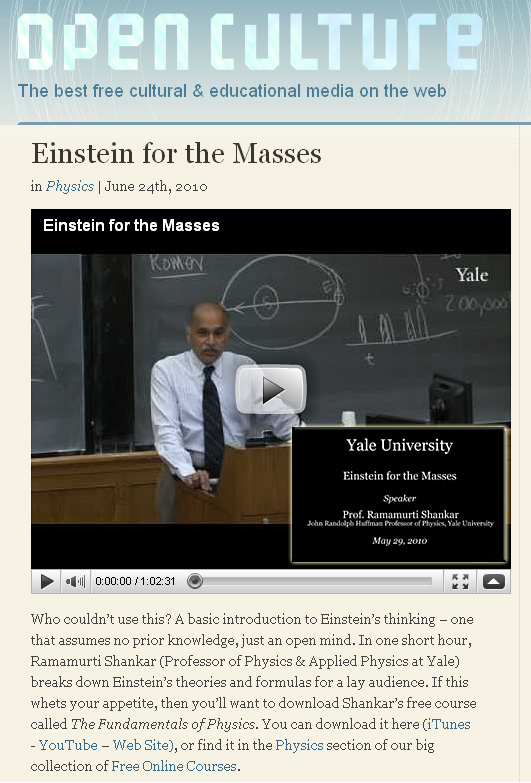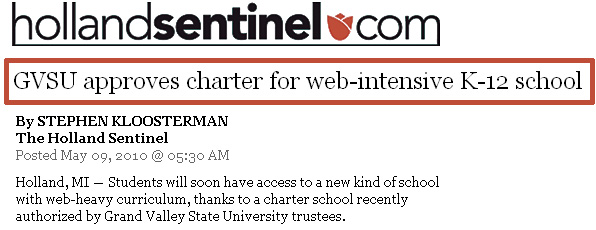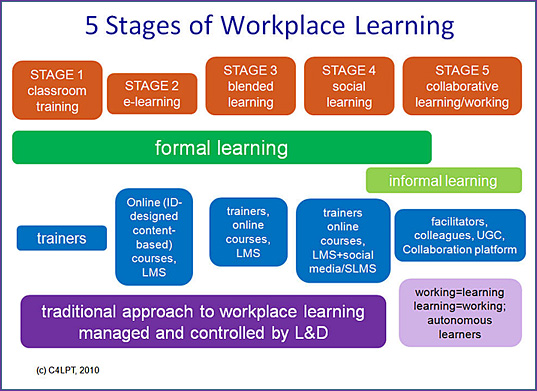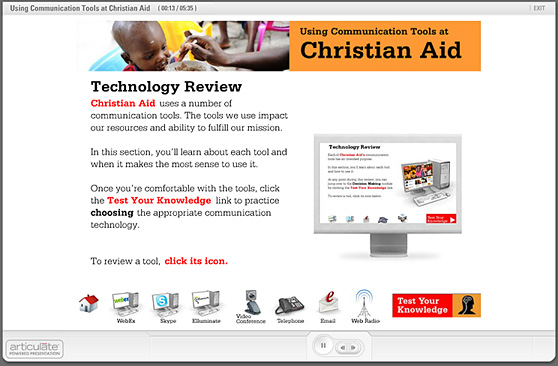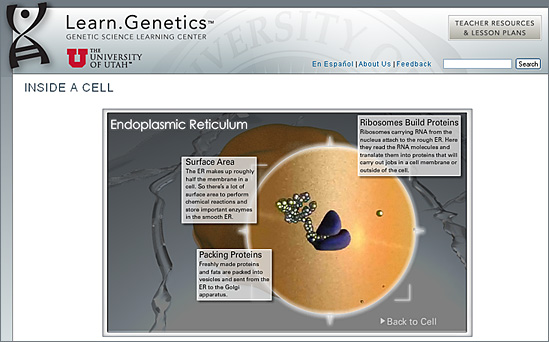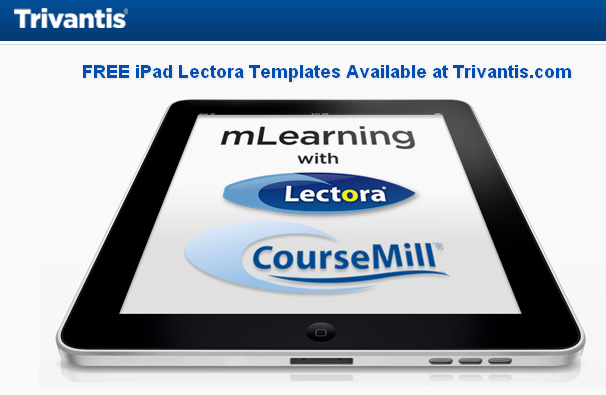Consultant tells educators to embrace online learning — via Ray Schroeder’s blog
by Jennifer Dunnville, Daily Gleaner
An international e-learning specialist says universities and colleges need to do more in the area of online teaching and distance education. Tony Bates, who has written nine books on distance education and served as a consultant on the topic in more than 35 countries, said the post-secondary education system needs to adapt to the changing needs of its students. “If you look at traditional university, it’s a one size fits all where everyone goes to campus to the same classes for the same exams,” Bates said during his visit to Fredericton on Monday. “That traditional model is the industrial model, but we’re not in an industrial world now. We’re in a more flexible world and people are more flexible in when they work and the way they work. (emphasis DSC)
5 Stages of Workplace Learning — from Jane Hart
I interrupt my series of postings on Collaboration Platforms, to talk a little about the stages of Workplace Learnng
As I have read the comments on my recent postings as well as tweets and postings on other blogs, I’ve identified what I think are 5 main stages of workplace learning. I’ve tried to capture these, in a very rough and ready way, in the diagram below.
…
But some of the key mindset changes that will move organisations into Stage 5 are:
- recognising that working=learning; learning=working
- understanding that informal learning needs to be enabled, supported and encouraged – but not designed or managed
- “letting go”, so that there is a move from learner control to learner autonomy
- realising that autonomous, independent and inter-dependent, self-directed learners are essential in an agile organisation
Excerpts from Future of Learning Technology – 2015 — The Upside Learning Solutions Blog
5. Games (and simulations) will become integral part of workplace learning. Overall the culture of gaming is becoming pervasive and the cost of game development is decreasing. Both these trends are increasing the acceptance of games for workplace learning, an area where cost of development and delivery have always been a concern. As the focus of learning departments change to being facilitators rather than providers of training, engaging solutions like games will become crucial.
6. Birth of new Authoring Tools. We will also see new authoring tools which allow designers to make application scenarios easily and quickly. Tools like thinking worlds are great for quickly creating 3D based decision simulations (or even simple 3D games). Dr. Michael Allen (creator of Authorware) is working on a new tool called Zebra (which he talks about here — from DSC ID’s should check that video out) that would make engaging eLearning creation easy with drag and drop objects.
7. Emergence of Personal Learning Agents. As the semantic web finally starts to form and common ontologies for various types learning content are developed, intelligent personal learning software agents will emerge as learning content mediators. Having a software agent that runs on a personal computing device such as a mobile phone or tablet and constantly monitors content streams on the internet to provide up-to-date information based on personal preferences, workplace conditions, or for the task at hand will make a good performance support and learning assistance system.
CityOne: A Smarter Planet game
Think you know what it takes to make the energy systems that serve a city more efficient? Given the opportunity, could you make the city’s water cleaner and more plentiful, its banks more robust and customer-centric and its retail stores more innovative?
Your mission
Level-Up your skills and discover how to make our Planet smarter, revolutionize industries and solve real-world business, environmental and logistical problems using IBM solutions.
New Game Demo featured in Agility @ Work Lounge at IMPACT 2010.
Adobe Captivate 5
Rapidly create, smoothly deliver, and easily maintain rich eLearning content
Add software demonstrations, interactive simulations, branching scenarios, and quizzes to your courseware without programming using Adobe® Captivate® 5 software. Go beyond screen capture and achieve superior results in fewer steps thanks to an intuitive user interface, collaboration workflows, and a multitude of timesaving features. Easily integrate your content with eLearning applications and leading SCORM- and AICC-compliant Learning Management Systems to deliver content virtually anywhere.
Adobe® eLearning Suite 2
Develop professional eLearning content with just one integrated toolset
Adobe® eLearning Suite 2 software is the complete toolbox for creating professional eLearning courseware end to end. Accelerate development with the smart aggregation capabilities of Adobe Captivate® 5, new roundtripping features, value-added functionalities, and improved collaboration workflows.
Top new features
* Roundtripping between Adobe Captivate 5 and Adobe Soundbooth® CS5
* Roundtripping between Adobe Captivate 5 and Adobe Flash® Professional CS5
* Roundtripping between Adobe Captivate 5 and Adobe Photoshop® CS5 Extended
* Application capture in Adobe Flash Professional CS5
* Reinforced traditional authoring workflow
* Domain-specific HTML templates
Also see:
- Adobe Announces eLearning Suite 2 & Captivate 5 — from Assistive Technology
What counts as e-learning? — from Allen Interactions by Ethan Edwards
This is a frustrating field to be in. In most areas of production and consumption, the consumers of a product can exert influence on the product by the choices they make. But there are some arenas where the decision makers are not ultimately the ones to gain or lose whether the product is any good or not, and thus decisions get oddly distorted. For example, the college textbook market is a good example. Publishers make their money by selling books to college students who have no voice in the actual purchasing decision. The professor who makes the decision is driven by different factors than those that matter to the learner. Thus, publishers implement features that are of benefit to the professor (like pre-built PowerPoint slides, pre-written tests, suggested lesson plans, etc.) at the cost of features that might deliver more significant benefits to the student (like readability, effective layout, a lower price, etc.) If students chose their books based on what would help them learn most effectively, I bet textbooks would look a lot different than they do now.
e-Learning is a victim of this same sort of problem. A lot of the money that exchanges hands in e-learning (and that’s what drives products and development) is spent on authoring software and LMS system purchases. Ultimately, these software companies succeed or fail not so much on whether their products provide value to the learner, but rather whether they satisfy the needs of the instructional designers and developers and the larger organizations that use them.
…
And ultimately this just devalues the amazing transformative impact that e-learning can have. I’m not arguing that cost and time aren’t important factors. But e-learning requires more than just being online. It implies that a learner is engaged in a productive, active process. It implies a larger plan that content is meaningfully linked to the real world. It implies some assurance that meaningful behavior change will result. If our criteria for e-learning success are limited to “Did you build it fast?” and “Did you build it cheap?” then we’re no longer doing e-learning. We may be doing Rapid Online Information Access Development or Rapid Document Conversion, or maybe something else of value. It’s important that even while we juggle the administrative aspects of e-learning design (such as timeline, budget, content scope, etc.) we never lose sight of the essential requirement of e-learning to be a vehicle through which we create change in learners’ performance.
Shift represents a new commercial model for authoring software — from Clive Sheperd
Sandra Arnold of Mercer UK alerted me to a new authoring tool that they are using called Shift. Here’s how the vendors describe the tool on their website:
“Shift by MindMuze is more than an eLearning Authoring Tool. It is an eLearning ecosystem. It can be used to create detailed answers to frequently-asked questions, or sophisticated multimedia presentations, or even interactive tests or quizzes. Best of all, everything is online. That means collaboration is a snap, letting anyone you designate access your project to offer suggestions or make changes, and members of your team can be located anywhere in the world. Need more graphics? Push a button and our team can create some in a matter of hours. And because it is online, there is no software licensing fee, which means you do not pay a penny to develop your courses, unless you choose to ‘publish’.”
Ecosystem or not, the tool is one of a number of web-based authoring solutions allowing authors to…(rest of posting here)
Using Digital Storytelling for Creative and Innovative e-Learning — from eLearn Magazine by Nalin Sharda [via Helge Sherlund]
Inside a cell — from Elearning Examples
Make it Blended! — from Designed for Learning by Taruna Goel
Blended learning is not a new thing. It is not a radical concept. It is not a new-age way of thinking about learning. As Elliott Masie puts it: “We are, as a species, blended learners.” So, the blend existed much before we understood and (re)defined it.
What does blended learning mean?
There are many definitions of blended learning. Some focus on the technology (aka Internet) and others focus on the theories to be blended. For yet others, a blend is all about the media – combination of instructor-led and elearning. There are a few who only call it a blend when it’s a combination of different types of elearning:
…
…
There are many things to consider before designing a blended learning intervention for example:
• The learning outcomes or objectives
• The design and content of the course
• The learner analysis – motivation and comfort with multi-media
• Use of technology and new media elements
• The degree of collaboration/interaction
• The degree of feedback and level of instruction
• Assessment and evaluation of training
• The role of the instructor/facilitator
To make blended learning a success think why before you think how.
Struggling with the costs of teaching in higher education — Tony Bates
“So you can imagine my delight when Volume 38, Number 3 of ‘Planning for Higher Education‘, devoted almost entirely to Issues in Higher Education Finance’ arrived in the mail. There was indeed some very interesting findings in the papers in this volume, some of which certainly is of value in supporting what I am going to write in the chapter.”
From that posting, Tony lists the following references:
Bates, A. (1995) Chapter 8: Web-based learning: costs and organizational issues, in ‘Technology, e-Learning and Distance Education‘ London/New York: Routledge
Brinkman, P. and Morgan, A. (2010) Financial Planning: Strategies and Lessons Learned Planning for Higher Education, Vol. 38, No. 3, pp. 5-14
McPherson, P. and Shulenburger, D. (2010) Understanding the cost of public higher education Planning for Higher Education Vol. 38, No. 3, pp. 15-24
Rumble, G. (2001) The Cost and Costing of Networked Learning Journal of Asynchronous Learning Networks, Volume 5, Issue 2
Seybert, J. and Rossol, P. (2010) What drives instructional costs in two year colleges Planning for Higher Education Vol. 38, No. 3, pp. 38-44
Twigg, C. (1999) Improving learning and reducing costs: re-designing large enrollment classes Troy NY: The National Center for Academic Transformation
Wellman, J. (2010) Improving data to tackle the higher education ‘cost disease’ Planning for Higher Education Vol. 38, No. 3, pp. 25-37









